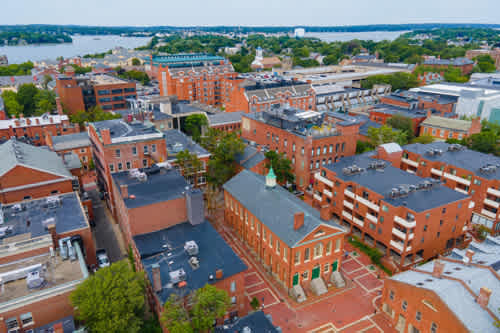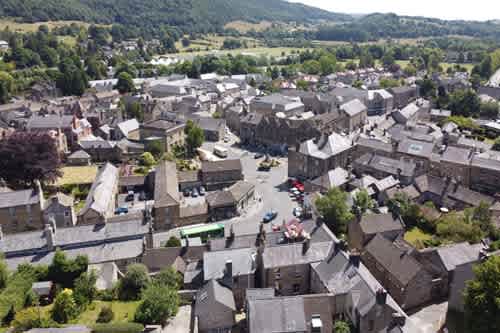About East Midlands
Anywhere you go, the big city or the countryside, you will find great authentic English atmosphere wrapped with history and folklore.
The East Midlands is one of the regions of England, (obviously) in the eastern half of the area and includes Rutland, Nottinghamshire, Leicestershire, Derbyshire, Lincolnshire, Northamptonshire. Some of the cities that are well known include Northampton, Leicester, Nottingham and Lincoln.
One of the major attractions in this area is the Peak District National Park, the first of Britain's 15 national parks. It is one of two designated AONB (areas of outstanding natural beauty), the other being the Lincolnshire Wolds, known for more than 300 km of unspoilt landscapes. The Peak District National Park is a hilly Mooreland with trails for hiking and biking.
The many towns and cities throughout are a magnet to tourists, to name but a few:
The moniker “Queen of the Midlands" belongs to Nottingham with its churches, old abbeys and stately homes and gardens. As well there are wonderful places for shopping, fine dining and the traditional pubs. For the literary buffs let it be known that Nottinghamshire was the the home of the poet Lord Byron, and the author D. H. Lawrence, whose home is now a museum dedicated to him (address: 8a Victoria St, Eastwood, Nottingham).
The Salvation Army which is known around the world for the charitable work they do was founded by William Booth in Nottingham in 1865.
Note: Newstead Abbey, in Nottinghamshire was once a priory, then converted as a home and last known as Lord Byron’s home; which is where he lived, died and was buried there.
The market town of Buxton is a spa town built by the fifth Duke of Devonshire. It is in the Borough of High Peak, Derbyshire, on the edge of Peak District National Park and perches high up, about 300 meters above sea level. The spa is known for its SPA waters in Georgian and Victorian times. The St. Anne’s Church, listed as Grade II, is beautiful, historic and possibly one of the oldest buildings in Buxton. You can see the influence of the Anglo-Catholic past by its decorative interior, a wonderful testimony to its Anglo-Catholic traditional past. As well, Buxton is home to summer International and Fringe festivals and the Buxton International Arts Festival includes the very best opera, music and books.
Unfortunately Leicester Cathedral is temporarily closed for repairing the building (until autumn 2023) However when the opportunity arises, a visit to Leicester must include a visit to the city center to visit the Leicester Cathedral (full name - The Cathedral Church of Saint Martin) close to one thousand years in the city center. For our history buffs a visit to the King Richard III Visitor Centre is a must as it recounts the story of the king’s life and death.
Secret: Richard III was reinterred to his final resting place after 500 years in Leicester Cathedral. Nobody seemed to know where his remains were, until one day they were discovered under a parking lot in Leicester. And so, in 2015, they were brought back “home”.
On another note, you could schedule a “fun” visit to Belvoir Castle (which really is “a wannabe”, a faux castle) actually built on the site of the original family home of the Duke of Rutland. Today’s castle, sits on top of a hill overlooking the valleys with no obstructions disturbing the view and so can see the landscapes over the Vale of Belvoir in the surrounding county of Nottinghamshire and Leicestershire
On the River Witham, from the Iron age settlement, Lindum Colonia, or Lincoln City as it is known today, was born. In the city’s cultural Cathedral Quarter you’ll find the medieval Lincoln Castle built by William the Conqueror and the famous Lincoln Cathedral with two libraries, the 17th century Wren Library and the Medieval Library. The original Magna Carta of 1215 belongs to the Cathedral but it is housed in the Lincoln Castle.
As the locals remind us they do not want the devastation that caused three-quarters of the city to burn down in 1675 to define them”. And so Northampton was rebuilt and with the financial help of its citizens they opted for a more modern and open-plan style, centered around the spacious Market Square. Today, Northampton is home to some fine museums, including 78 Derngate, originally erected in 1815. It is listed as a Grade II house and can be found in the Cultural Quarter of Northampton. As a private home, the interior was extensively remodelled in the early 1900’s by the architect and artist Charles Rennie Mackintosh (who actually became more famous after his death). He did eventually leave his profession and turned to watercolor and pencil drawings.









